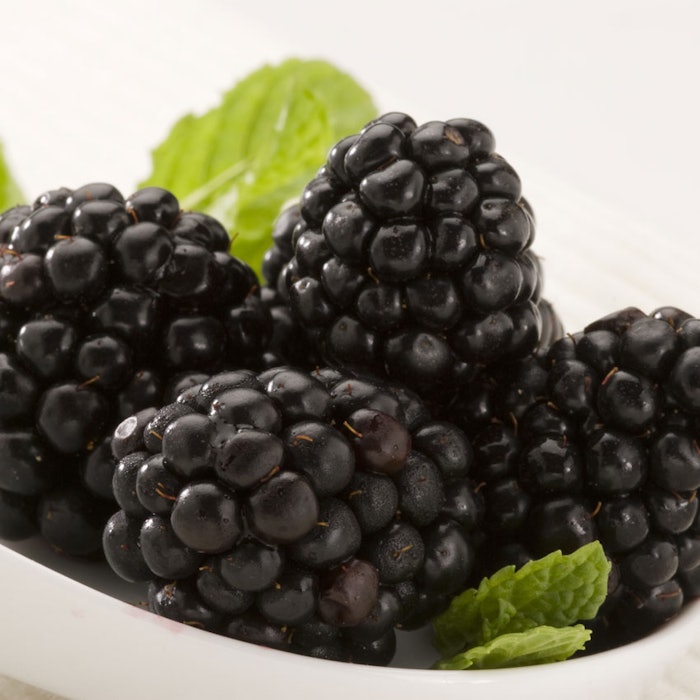
Morus australis, also known as Korean or Chinese mulberry, is rich in phenolic compounds and has long been used for skin whitening benefits. However, its mechanisms of action have remained unclear, so researchers at the University of Hong Kong and Peking University took a closer look, focusing on tyrosinase activity and the expression of melanogenesis proteins.
In their paper, recently published in the Journal of Ethnopharmacology, resorcinol-type phenolic (RTP) compounds from M. australis root were tested in different melanocyte systems and animal-alternative skin models for skin lightening effects.
According to the article abstract, only Kuwanon O and Sanggenon T varieties showed significant depigmenting effects, and their mechanisms differed slightly in the two cell systems. In b16 cells, Kuwanon O and Sanggenon T showed significant decreases in tyrosinase-related protein-1 (TRP-1) and TRP-2 production. In melan-a cells, the levels of tyrosinase were suppressed the greatest by Kuwanon O.
As expected, the key is in the chemistry, and the authors propose that screening for resorcinol flavonone derivatives having an isoprenyl group in the Diels-Alder substituent might assist in the search for potent hypopigmenting agents from plants.










